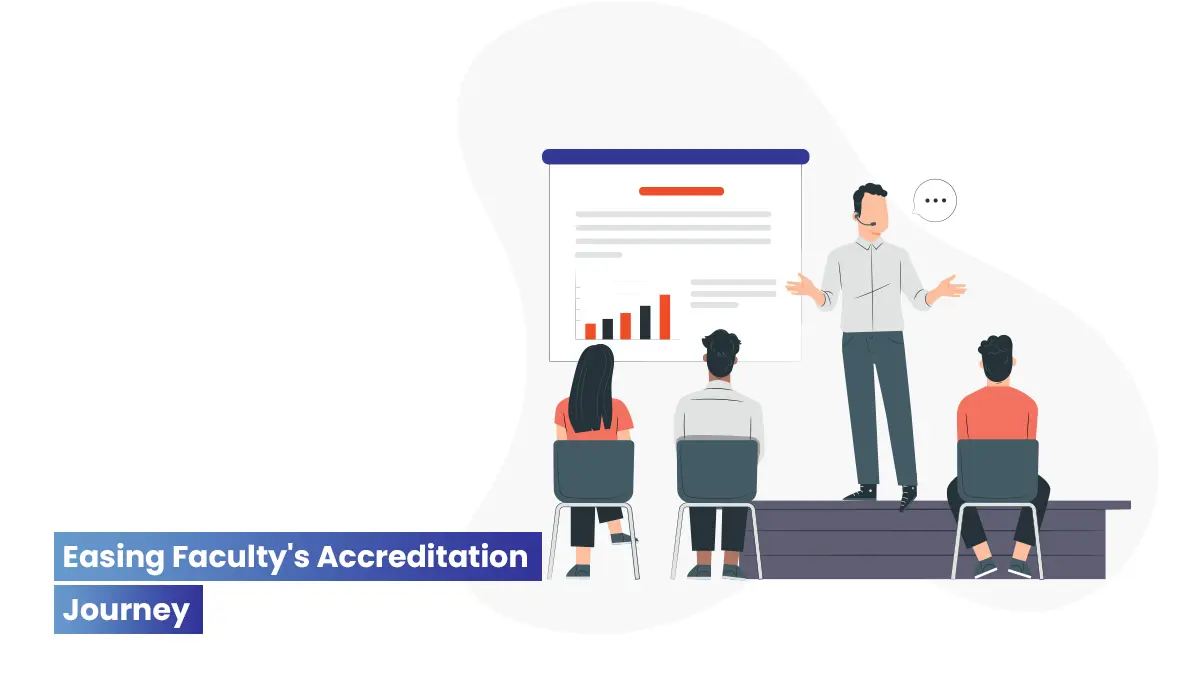Top 5 ways how faculty attendance monitoring system can reduce workload & improve efficiency

The education world is getting better with advancements in digital technology and business intelligence, making life even better for faculties and students. Technology-enabled classroom education makes every task as easy as possible and everything seems to be automatic and effortless.
Management of faculty and staff time and attendance is critical to educational institutions of any type or size. A manual attendance system is frustrating, time-consuming and inconvenient. Inefficient and poor tracking of staff attendance guzzles up the money of the institute. All these problems can be eliminated with an automated attendance management system based on biometrics, smart card or RFID system that significantly improves the accuracy and efficiency of the institution.
Administrators and staff can view attendance records with check-in/check-out details for a specific period from the website and mobile devices. However, an automated attendance system may have potential negative reactions from some of the faculty, where privacy and confidentiality is of supreme concern.
A good faculty attendance monitoring system offers several benefits to institutions including improved punctuality, increased security, optimized work allocation, and increased productivity. Here are the top five ways to achieve these key benefits quickly:
1. Track college performance
Faculty absenteeism is a predictor of future performance of colleges and educational institutions. Reports from studies performed in colleges suggest a positive correlation between faculty attendance and the academic performance of colleges. Increased faculty accessibility through technology-enabled faculty attendance tracking systems are contributing factors to the academic success of colleges.
2. Create flexible scheduling
Education institutions face many pitfalls and problems in timetable scheduling without information on faculty availability. A good faculty attendance tracker will simplify and solve the complicated task of academic scheduling. With active tracking of faculty activities, timetable scheduling for courses and classes becomes easy and flexible. Effective scheduling can avoid conflicts and easily move substitute resources.
3. Look at the teaching load
Faculty members are assigned predefined teaching workloads for their unit. They spend their teaching hours in the scheduled individual laboratory, field, or clinical instruction. This requires the constant attendance of the faculty member for the entire scheduled hours of instruction. The attendance management system can be configured and customized with the teaching workload policy for each unit. This can improve the morale of faculty drastically and improve academic productivity. If a teaching assignments result in an overload, it will automatically calculate extra compensation at the predefined rate.
4. Absolutely commit to improving learning outcomes
Student and faculty attendance are key determinants to learning outcomes. The parents of the students are more involved in their education and hold the faculty more accountable. Faculty absenteeism results in diminished learning and a decline in student performance. Education institutions require an online attendance system to boost the accountability of faculty and improve student achievement.
5. Make faculty substitution easy
Lack of substitute faculty members is always a major problem in colleges. Faculty absenteeism triggers the increasing need for replacement faculty, and the impact they have on overall student achievement is also becoming more recognized. Using faculty management software, managing substitute instructors become very easy and also more effective.



